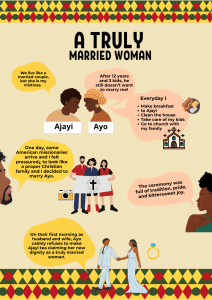Using Technology to Learn English
Technology has revolutionized my English learning journey in remarkable ways. Language learning apps like Duolingo and Babbel provided structured lessons that I could access anywhere, making consistent practice effortless. These platforms gamified the learning process, keeping me motivated through streaks and achievements.
The most useful technological advance has been real-time translation and pronunciation tools. Google Translate helped me understand complex texts instantly, while speech recognition software allowed me to practice pronunciation and receive immediate feedback. YouTube became an invaluable resource, offering everything from grammar tutorials to authentic conversations that improved my listening comprehension.
My preferred devices are smartphones and tablets for their portability and convenience. I can practice vocabulary during commutes, watch English content with subtitles, and participate in language exchange apps like HelloTalk to converse with native speakers. Podcasts through streaming platforms expanded my vocabulary while multitasking.
Online dictionaries with audio pronunciation, grammar checkers like Grammarly, and virtual conversation partners through AI chatbots have made English learning more interactive and personalized than traditional methods ever could.

